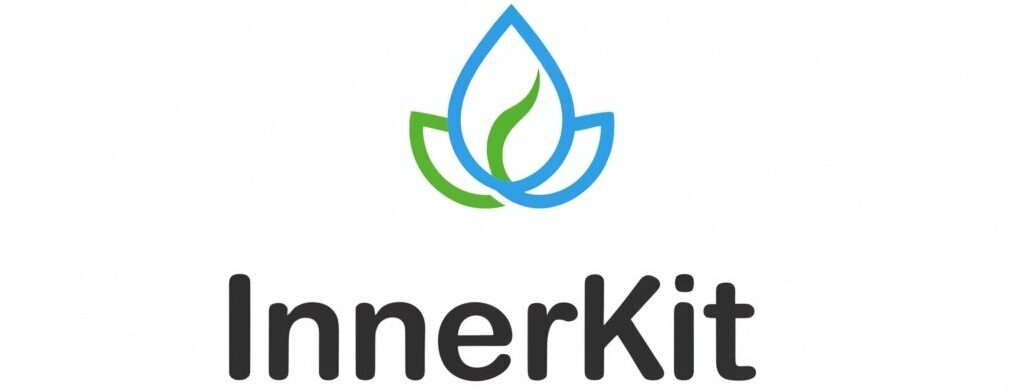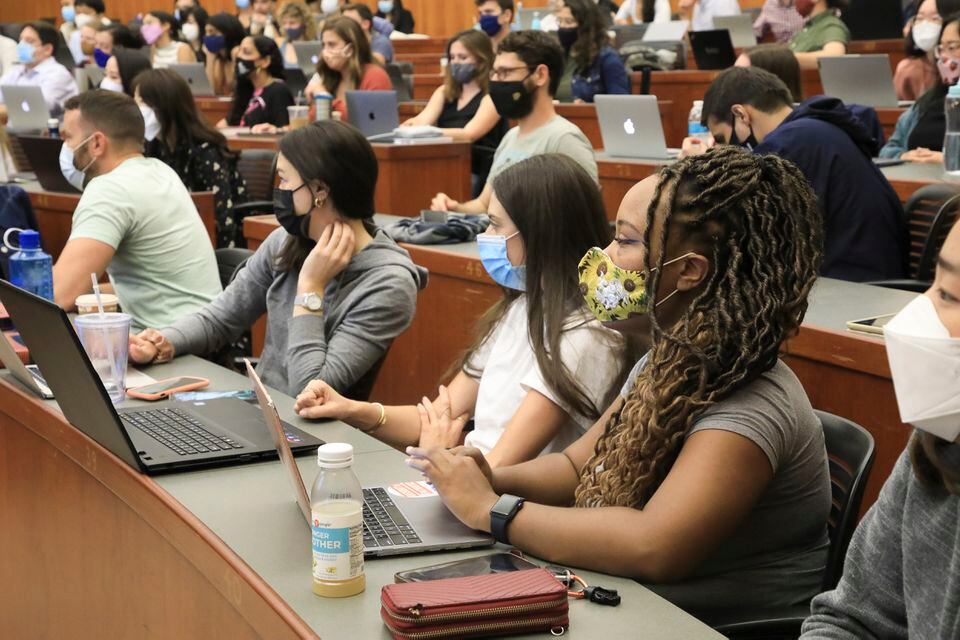The Biden Administration believes college should be seen as a gateway to middle class life, not a lifetime of debt. They aim to rapidly implement changes that will benefit families.
This includes implementing the Saving on a Valuable Education plan, which reduces monthly payments for many and speeds up loan forgiveness timelines.
How does it work?
The Biden administration is working on improving student loan debt relief programs. Improvements include: providing one-time loan forgiveness account adjustments to over 901,000 borrowers; creating an income-driven repayment plan which offers lower monthly payments; and adding PSLF improvements so more borrowers qualify for debt relief. Under President Obama, payments and interest for federally held loans were frozen to help affected borrowers weather pandemic conditions; this pause is now ending, with no further extensions expected by government authorities.
As part of its efforts to implement improvements, the Obama Administration is also exploring legal avenues for expanding student loan debt relief. According to BestColleges’ reporting from the Department of Education, they have indicated that this administration’s current focus lies with benefiting borrowers with commercially held FFEL loans – these borrowers were not eligible for the pandemic-induced government-wide freeze on payments and interest due to which would have made them ineligible for Obama Administration relief plans such as theirs.
The administration is currently exploring strategies to incorporate FFEL loans into the Direct Loan program and extend benefits such as repayment pause and loan forgiveness to these borrowers. More guidance regarding this matter is expected in coming months from the Department of Education.
Additionally, the administration is seeking to broaden eligibility for Public Service Loan Forgiveness (PSLF), which cancels remaining balances on federal student loans after 120 qualifying payments have been made over time. At present, only certain public-sector workers such as teachers, social workers and certain doctors and nurses qualify.
Since President Biden took office, his administration has worked to enhance PSLF by changing who qualifies and when. Starting February 11th 2024, new rules will impact those who already qualify under old regulations by having made 10 years worth of payments under them; additional benefits of this change include an extension to 15 years rather than 20 for forgiveness of PSLF loans and lower monthly payments for many borrowers.
What are the requirements?
Loan forgiveness eligibility typically requires having federal student loans, such as undergraduate, graduate and parent PLUS loans from federal programs. They must also meet certain income thresholds in order to be eligible for income-driven repayment plans with zero monthly payments; use the Department of Education Loan Simulator to see if you’re eligible.
This summer, President Obama launched what has been described as “the most affordable student debt relief ever”. Dubbed Saving on a Valuable Education (SAVE), or SAVE plan lowers monthly payments based on income while stopping any accruing unpaid interest from accruing further. According to the Education Department, over 6.9 million borrowers are already enrolled with this new repayment plan while Consumer Financial Protection Bureau reported last week that over 450,000 applications for assistance remain outstanding and have not been processed by loan servicers within one month of application submission!
Borrowers who can successfully pay off their debt with this plan will have their balances forgiven after 10 years of payments – a much shorter timeline than other income-driven repayment plans of 20-25 years. Eligibility criteria includes having borrowed $12,000 or less in federal student loans as well as being part of SAVE program for at least ten years and repaying student debt payments on time each month.
This new relief plan comes as many borrowers resume paying back federal student loans after three-year pandemic-related pause in repayment, following which Biden’s original plan to cancel debt for 43 million borrowers was struck down by the Supreme Court, while Trump administration continues its search for ways to expand existing loan forgiveness programs for public-sector workers, disabled borrowers and students defrauded by for-profit colleges.
White House officials announced Wednesday that President Trump and Vice President Biden’s administration have now cancelled over $127 billion of student loan debt through existing programs and the SAVE plan, fulfilling millions of Americans’ campaign pledge of debt cancellation.
What are the benefits?
Postsecondary education should serve as the path to a middle-class life, not be seen as an unaffordable burden that traps families in poverty. That’s why the Biden-Harris administration has focused on reducing student loan debt and making college more affordable; since taking office they have secured one of the biggest increases in Pell Grants ever seen since 1999 and created SAVE, an affordable repayment plan with $0 monthly payments available for many users and prevented loan balances from ballooning due to unpaid interest charges.
They’re taking steps to cancel some borrowers’ debt who took out loans for career training programs that left them with unfair debt loads or insufficient earnings, as well as those attending colleges with high default rates. Their new forgiveness plan will begin cancelling debt after just 10 years compared with 20-25 under previous plans and caps monthly payments at just 5% of discretionary income, roughly half what’s owed under existing ones.
About 30 million eligible for the SAVE plan are enrolled already, and 6.9 million borrowers have taken advantage of it thus far. They represent the first group to benefit from the administration’s new attempt at debt cancellation; though not yet accessible to all borrowers yet (Education Department estimates this should happen by next year), signup can take place via visiting SAVE website; government will launch a campaign encouraging more to enroll as well.
Some borrowers have had difficulty enrolling in SAVE due to issues with their loan servicers, who have either delayed or denied applicants for inclusion. According to the Consumer Financial Protection Bureau, more than 450,000 borrowers have been waiting over one month for their application to be processed; these applicants are not being reported to credit bureaus or sent directly into collections – they will instead benefit from an “on-ramp” period during which missing or partial payments won’t have serious repercussions; after which point, standard repayment rules for their loans will apply as usual – the government hopes to launch its full loan cancellation program by February 2022.
What are the drawbacks?
There is universal agreement that higher education costs need to be reduced, yet opinions differ as to how this should happen. Some lawmakers and experts propose systemic reforms like making public colleges tuition-free while others call for debt forgiveness as solutions.
Critics of loan forgiveness argue that it will simply increase college costs and decrease quality education, but others believe cancelling debt will have an enormously positive effect. More students may attend college due to lower attendance costs; this helps develop their skillset while increasing competitiveness within global markets.
And those whose loans have been forgiven will likely be able to purchase homes and cars more affordably as well as saving for retirement more easily – so it is crucial that student loan debt be managed carefully so as not to cause any detrimental repercussions in your life.
The Biden administration has intensified efforts to enroll borrowers in its new SAVE plan before its September deadline, offering reduced monthly payments of up to half and saving thousands annually; moreover, SAVE allows faster progress toward loan forgiveness than conventional income-driven repayment plans with 20-25 year timelines.
Republican critics have attacked SAVE as fiscally irresponsible, suggesting it will cost taxpayers hundreds of billions. Unfortunately, the Education Department has declined to say how many borrowers will qualify for its shorter path towards loan forgiveness under SAVE.
Critics of the SAVE plan argue that, instead of offering loan forgiveness altogether, loan forgiveness should instead be reduced and limited for higher cost degrees at institutions with low job placement rates or other indicators of poor outcomes for graduates.
The Education Department is working toward finalizing new rules that will specify when loan cancellation should occur, such as for borrowers cheated by their schools or lost their jobs. This process, known as Negotiated Rulemaking, has begun and an issue paper was issued last week as an outline for the initial session of negotiation rulemaking.

